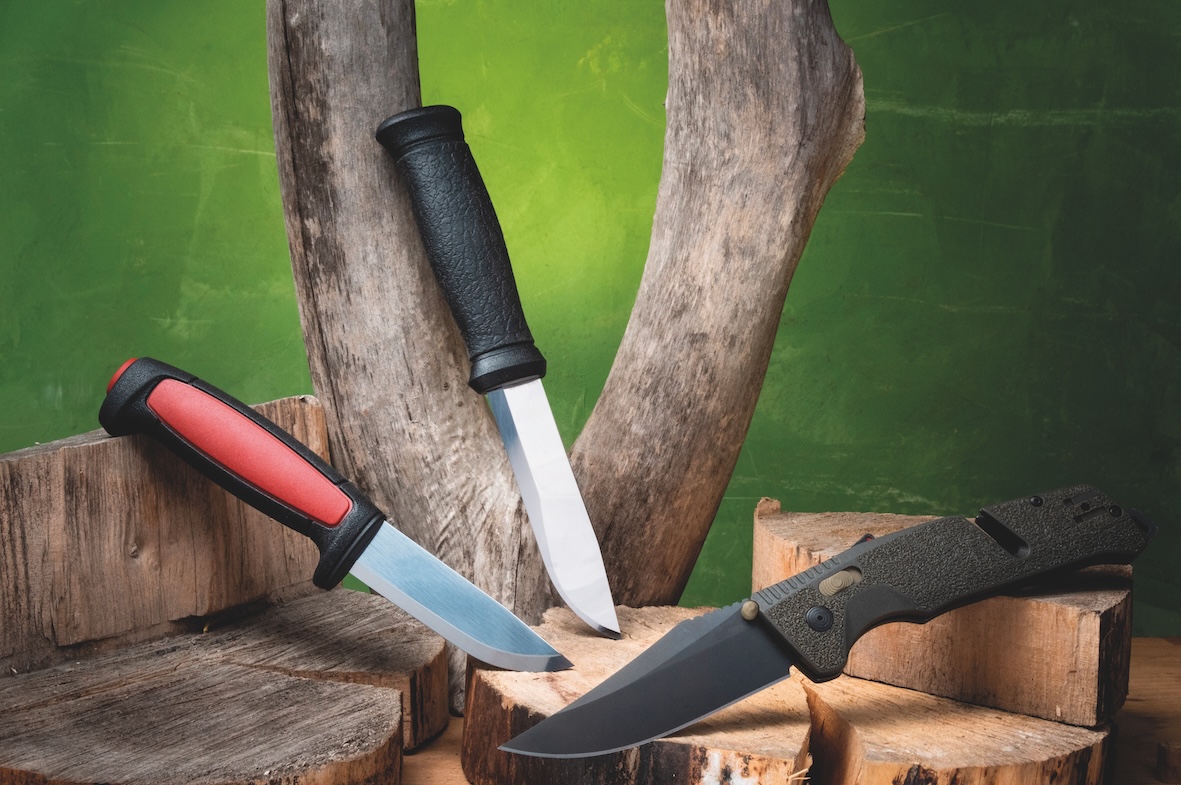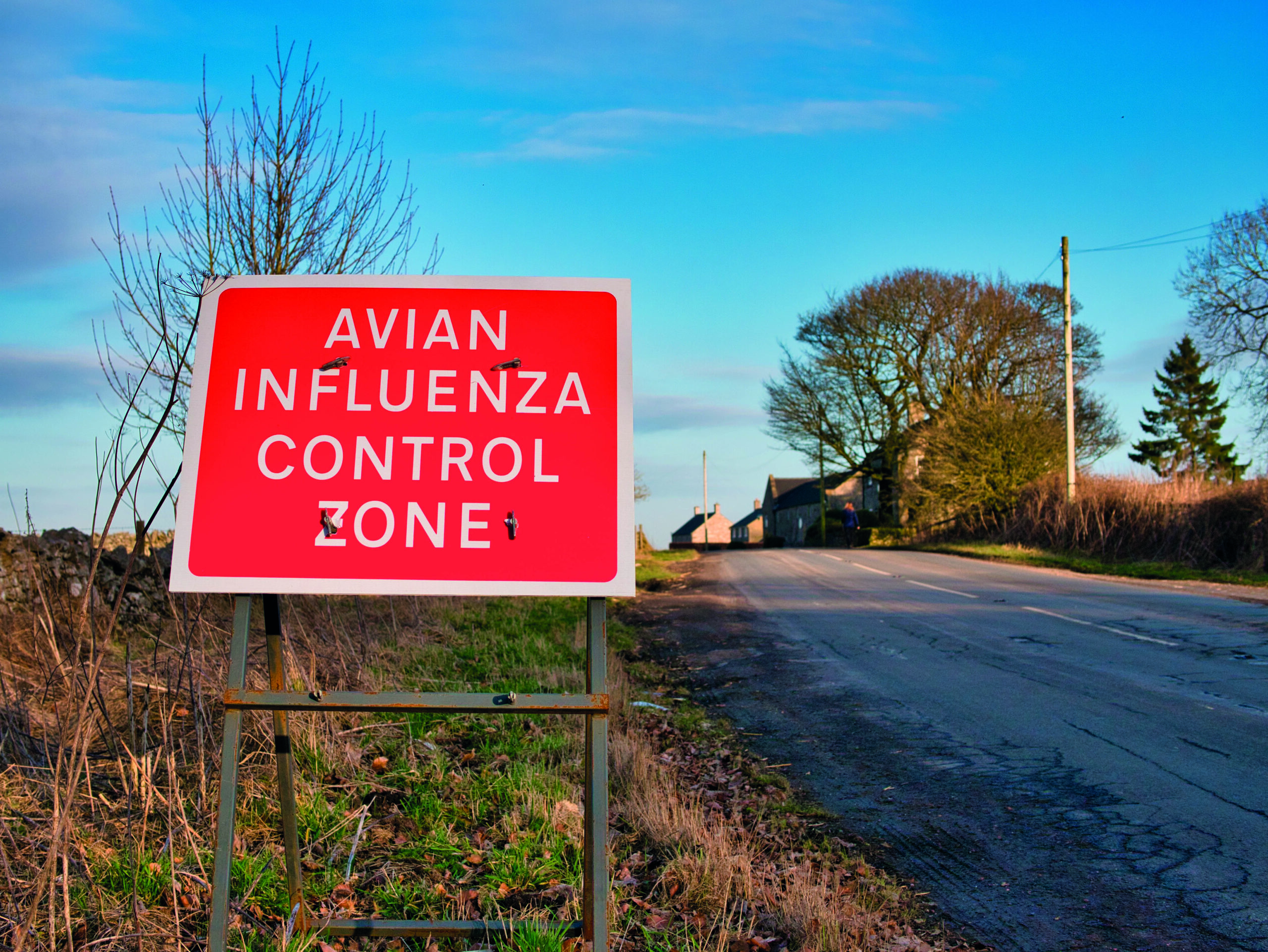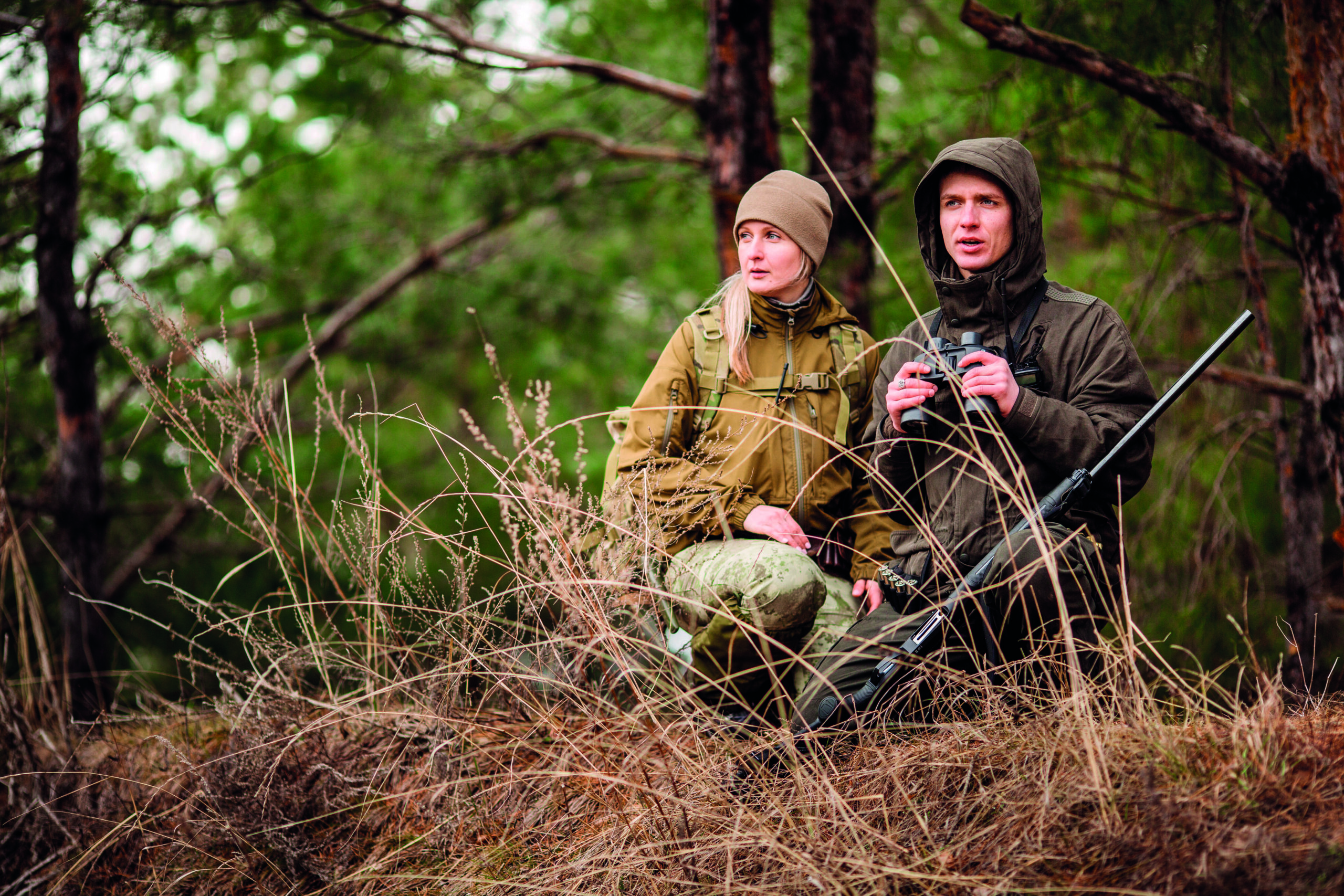Rural Britain is often colder than TV forecasters would have us believe

It has been said that the reason the British talk so much about the weather is because we have so much of it. Well, since I wrote last week?s column, the snow in my part of upland Northumberland is now lying twice as deep (about 2ft on the level) and the minimum air temperatures have dropped twice as low (-13.4°C at my weather station). If this doubling trend continues, I could be in trouble next week…
In reality, there are many places in the UK where the snow is a lot deeper and the temperatures are much lower. I gather the snow is over the stone walls in many Pennine areas and, of course, the Highlands of Scotland have taken a real pasting. Altnaharra, in Sutherland, recorded -21°C recently, which is nearly as low as the same weather station recorded last winter, which was itself the coldest for many years.
However, it is important to realise that simply because Altnaharra recorded the lowest temperature, this doesn?t mean it was the coldest place in Britain at that time. Strictly speaking, it was merely the location of the coldest offi cial weather station. The fact is that there are no weather stations, either amateur or official, in some of Britain?s coldest localities.
Temperature symbols on television weather forecasts relate to town temperatures, because that?s where most people live. You have to go online to get specific forecasts, such as those for mountains, to see what might be happening in more rural areas.
The official British record low temperature is -27.2°C, recorded at Braemar, in Scotland, on 10 January 1982. I wouldn?t mind betting that specific, remote locations in the Highlands reach -25°C or even -30°C occasionally, but there are no weather stations present to record such temperatures. The air a few inches above deep snow cover at the bottom of a hanging corrie incised into the edge of the Cairngorm plateau, at dawn during the clear, still conditions of a late-winter anticyclone, would be my best bet for a true record low temperature. Cold air ponds in such conditions and temperatures can plunge vastly lower than anything experienced on the highest tops, such as the automatic weather station on Cairngorm itself.
Animals in the snow
Anyway, most of the wildlife on my farm seems to be well adapted to coping with the snow. I have seen a lot of greylag and Canada geese flying around recently, desperately looking for any exposed grass to graze. Of course, they have the option of flying away to places where food is still available, but some other species are not so lucky.
My red deer seem to be doing well. The deep snow is still soft and powdery and the deer simply push their slim legs through it. By contrast, sheep are incapable of moving through the stuff. They can only move along the lines where the tractor has been to deliver big bales. Even our quad bikes won?t get through this depth of soft snow. This might all change when, and if, we finally get a spell of above-freezing temperatures, which will cause the top of the snow cover to melt slightly, before refreezing into a hard crust. This glazing might make for simpler travel for animals such as foxes and hares, but could prove deadly for others, including some of the smaller bird species.
Now that we no longer have a cat, I have constructed a large bird feeding station. I gain enormous pleasure from watching the variety of little tweety birds that visit. I was extolling this as one of the virtues of being cat-less when my wife, who is campaigning for a reinstatement of a feline presence in the house, smugly pointed to a pathetic clump of tiny brown feathers in the dog basket. It seems our Border terrier, Midge, has taken over where the late cat left off. And by attracting little victims, I was an accomplice to murder. Oh dear.








